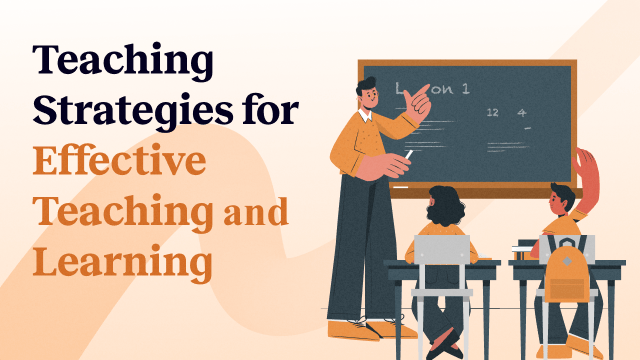Early childhood education (ECE) refers to the period of life between birth and the age of eight, where children’s learning and development occur at an accelerated rate.
During this period, children’s brains are developing rapidly, and they are particularly sensitive to environmental stimuli. Thus, providing high-quality early childhood education can have significant benefits for children’s cognitive, social, emotional, and physical development.
In this essay, we will explore some of the key benefits of early childhood education and why it is so important.

One of the most significant benefits of early childhood education is the impact it has on children’s cognitive development.
During the early years, children’s brains are developing rapidly, and early childhood education can help to provide the stimulation and support they need to develop foundational skills such as language, literacy, and numeracy.
Research has shown that children who participate in high-quality early childhood education programs tend to have better cognitive outcomes than those who do not, including better performance on academic assessments, higher rates of school completion, and better long-term career prospects.
Another important benefit of early childhood education is its impact on children’s social and emotional development.
Early education offers structured environments for children to interact, fostering skills like empathy, cooperation, and self-regulation.
Vital for school and life success, such skills are enhanced through quality early education, with better social and emotional outcomes, as research indicates.
Besides cognitive and social-emotional benefits, early education also significantly impacts children’s physical well-being.
Quality early education often offers nutritious meals and physical activity, curbing obesity and health woes.
Early childhood education identifies and tackles developmental delays and health concerns early, averting severe issues in later life.
Furthermore, early childhood education can have a positive impact on families and communities as a whole. Quality early youth education aids communities in assisting parents and caregivers to foster a nurturing environment for kids.
This can help to strengthen families and communities and provide a foundation for future success and growth.
Overall, the benefits of early childhood education are clear. Investing in top-notch early youth education significantly impacts children’s cognitive, social-emotional, and physical development, as well as whole communities.
Not all early education programs are equal; their quality can greatly differ.
To maximize early childhood education benefits, invest in tailored, high-quality programs meeting unique needs and interests.
In addition, it is important to recognize that access to early youth education is not equal across all communities.
Kids from low-income, marginalized backgrounds often lack access to quality early education, fueling later-life educational and social inequalities.
Addressing disparities demands joint action by policymakers, educators, and communities to ensure universal access to essential high-quality early youth education.
Conclusion
Early childhood education is a critical component of children’s development and has far-reaching benefits for individuals, families, and communities.
Investing in top-notch early childhood education fosters cognitive, social-emotional, and physical development, laying the groundwork for future success and growth. 온라인카지노사이트








